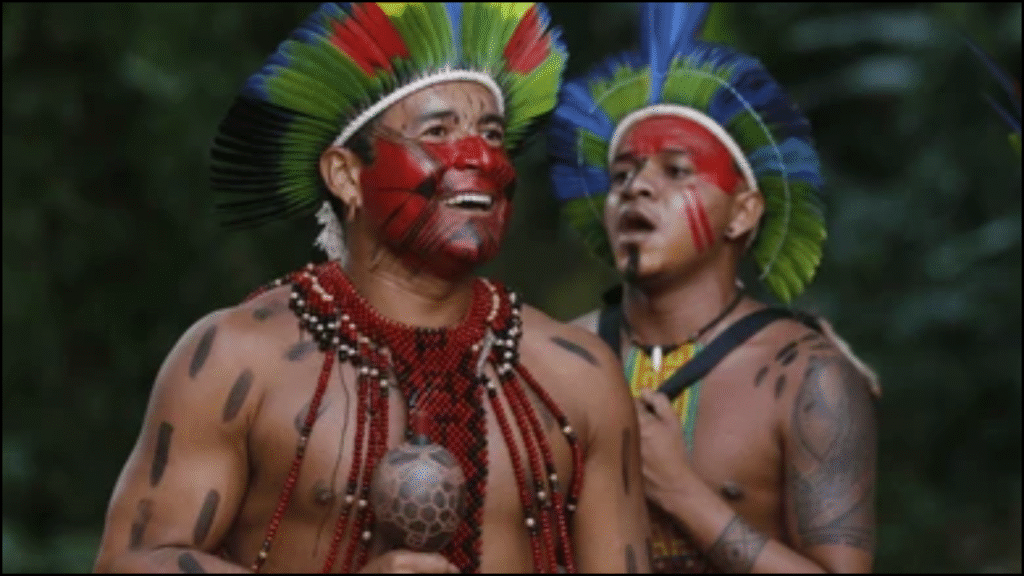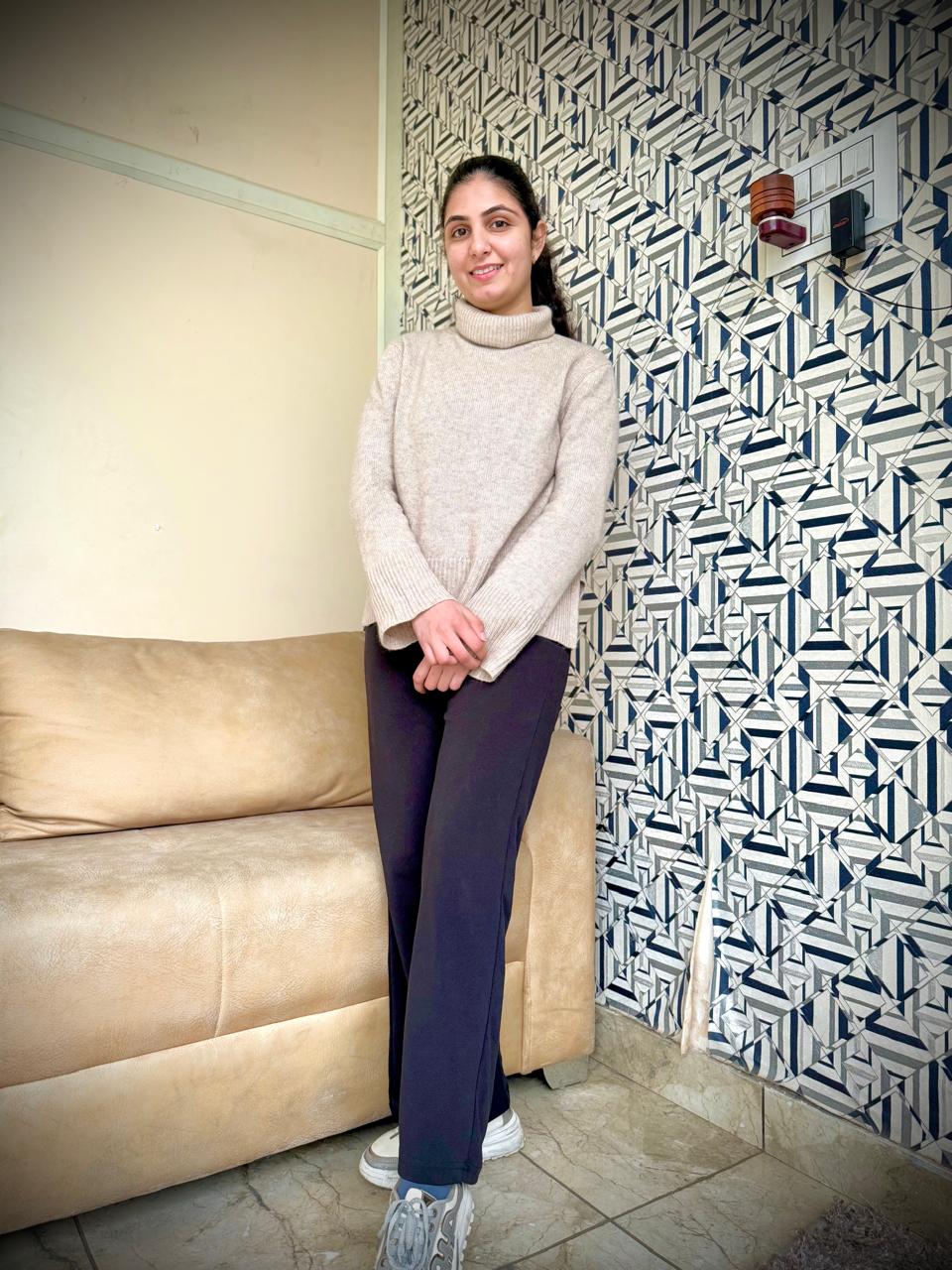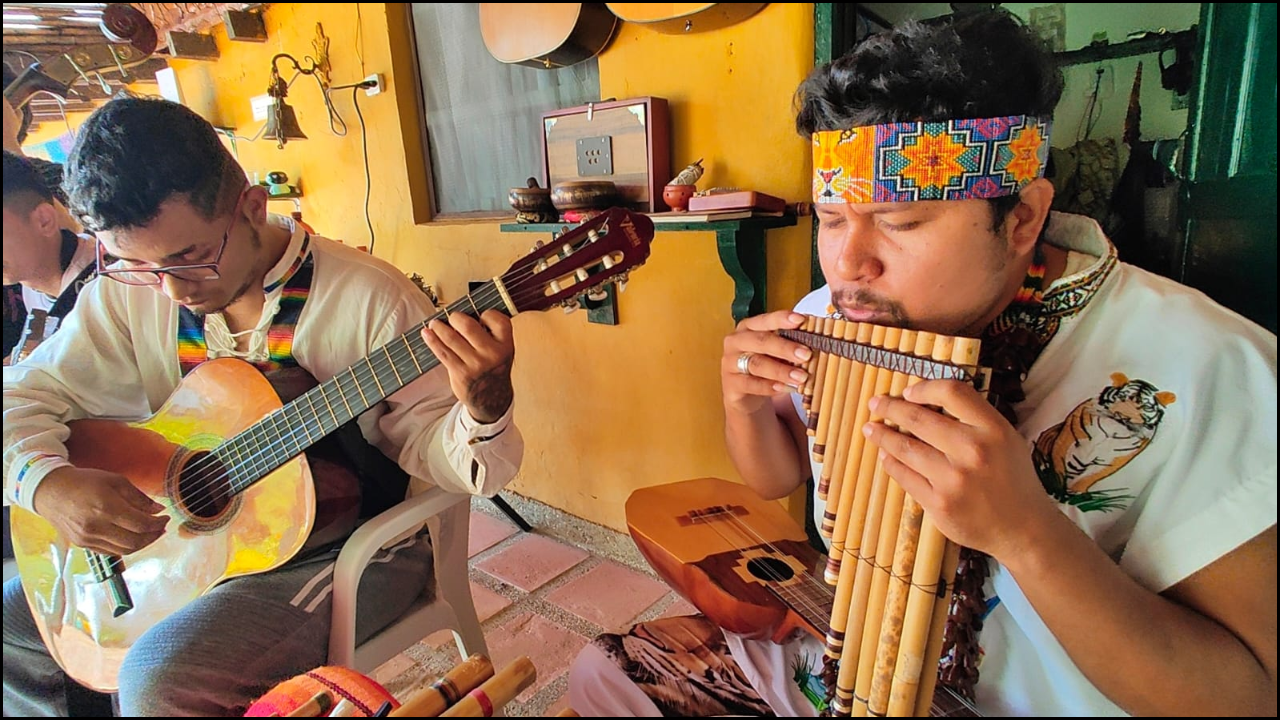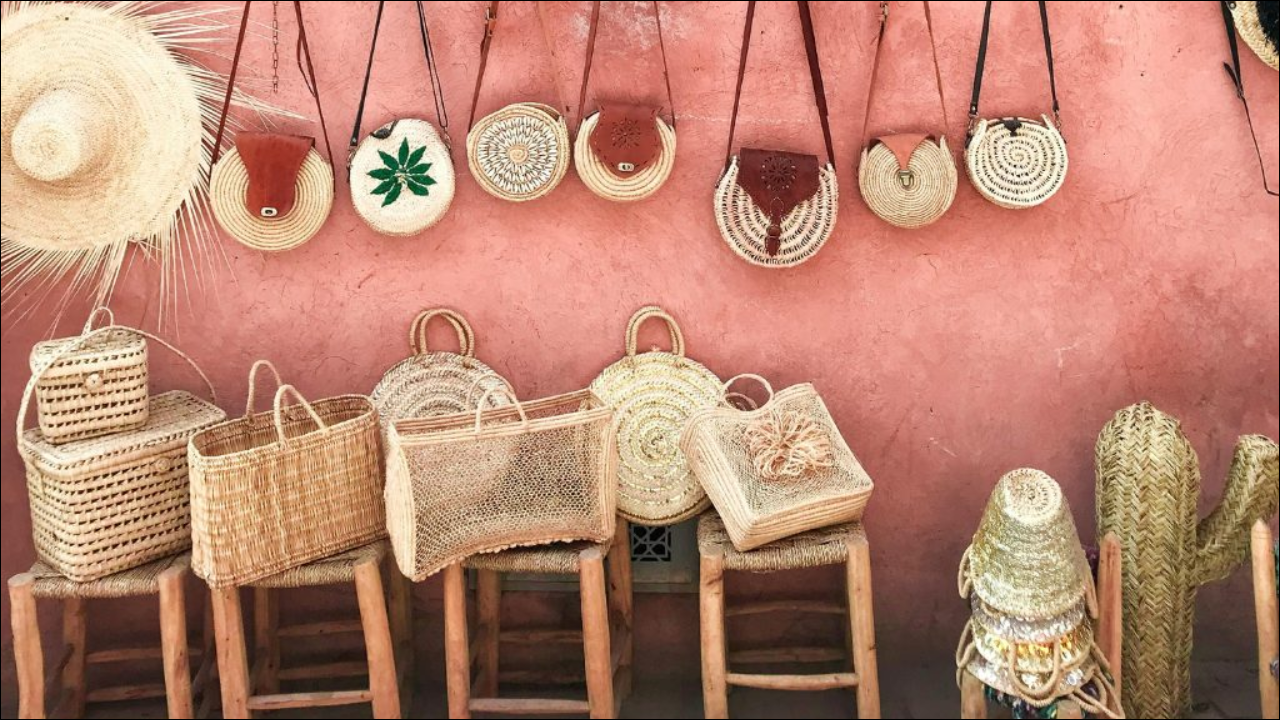
In the heart of Cachoeiro de Itapemirim, a quiet cultural revival is taking shape—led not by historians or elder artisans, but by the city’s youth. Once seen as detached from traditional life, young people in Cachoeiro are now becoming the stewards of their ancestral heritage. Through craft workshops, digital storytelling, and community-based projects, they are breathing new life into old customs while adapting them to the modern world.
Table of Contents
The Return to Roots
Across Cachoeiro, a growing number of students and young community members are rediscovering their cultural roots. For many, this revival began at home—through grandparents’ stories, family recipes, or local songs that once filled neighborhood gatherings. What makes this new movement unique is the way young people combine traditional knowledge with creativity and technology.
Workshops on stone polishing, wood carving, and local music are attracting high school and university students eager to learn from older artisans. Some of these projects take place in cultural centers, while others are organized informally in neighborhood spaces. The goal is not just to preserve the past but to make it relevant again. By learning from elders, young participants are reclaiming skills that once defined the city’s identity.
Crafting a New Future
Cachoeiro’s stone and marble industry has long been a symbol of its craftsmanship. Today, young artisans are giving it a modern twist. Guided by experienced mentors, they are experimenting with new designs, materials, and tools while honoring traditional methods. A local youth group, for instance, recently launched a project to create small art pieces from granite waste, turning industrial leftovers into cultural souvenirs.
This blend of sustainability and tradition reflects a deeper awareness among young people. They see heritage not as something frozen in time, but as a living practice that can adapt and evolve. Their efforts show that preserving culture also means finding ways for it to thrive in a changing economy and environment.
Music, Language, and Identity
Beyond crafts, music and language are also seeing a revival among Cachoeiro’s youth. In schools and community clubs, students are rediscovering regional songs and traditional rhythms once sung in local festivals. Some groups record these performances and share them on digital platforms, allowing a wider audience to appreciate Cachoeiro’s musical roots.
Language, too, is part of this renaissance. Young people are collecting old sayings, proverbs, and neighborhood slang, documenting them through podcasts, blogs, and social media pages. These efforts not only preserve linguistic diversity but also strengthen a sense of belonging. Each phrase or melody recorded becomes a bridge between generations, linking the present to a living past.
Community Projects and Innovation
Several youth-led initiatives are emerging across the city, combining heritage with technology. One digital documentation project, for example, trains students to interview artisans, record oral histories, and upload them to an online archive. Another community program focuses on teaching children local folklore through storytelling sessions and interactive games.
These projects demonstrate how young people are redefining what it means to safeguard heritage. By using digital tools, they ensure that traditional knowledge reaches new audiences and remains accessible to future generations. What once required physical apprenticeship can now be shared through videos, digital exhibits, and virtual workshops—extending the reach of Cachoeiro’s cultural identity far beyond its borders.
Challenges and Opportunities
Despite their enthusiasm, these young cultural guardians face challenges. Limited funding, lack of institutional support, and the fast pace of modern life can make it difficult to sustain long-term initiatives. However, many remain undeterred, drawing strength from community solidarity and shared purpose.
Local schools and cultural organizations are beginning to recognize their potential, offering spaces for youth-led projects and collaborating with artisans to design heritage programs. Such partnerships are crucial to ensure that traditional skills are passed down in meaningful ways.
In many ways, the youth of Cachoeiro are proving that cultural preservation is not just about nostalgia—it’s about renewal. They are rewriting the narrative of what heritage means in the 21st century: dynamic, inclusive, and forward-looking.
A Living Legacy
The young people of Cachoeiro are not simply inheriting culture—they are reinventing it. Their curiosity, creativity, and community spirit are transforming the city into a hub of living traditions. Whether through crafts, music, or storytelling, they remind everyone that heritage endures only when it is shared, adapted, and loved by new generations.
Their journey stands as a hopeful message for the future: that even as times change, the roots of identity can continue to grow—nurtured by those who dare to remember and reimagine.
FAQs
Q1: How are young people in Cachoeiro preserving local traditions?
They are reviving crafts, music, and storytelling through workshops, digital projects, and community collaborations.
Q2: Why is youth participation important in cultural preservation?
It ensures that ancestral traditions remain alive, evolving with time rather than disappearing with older generations.
Q3: What challenges do youth-led heritage projects face?
They often struggle with limited funding, awareness, and institutional support, but thrive on community passion and innovation.





